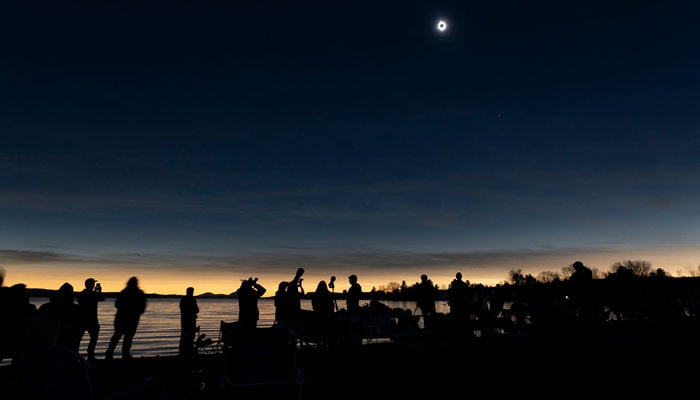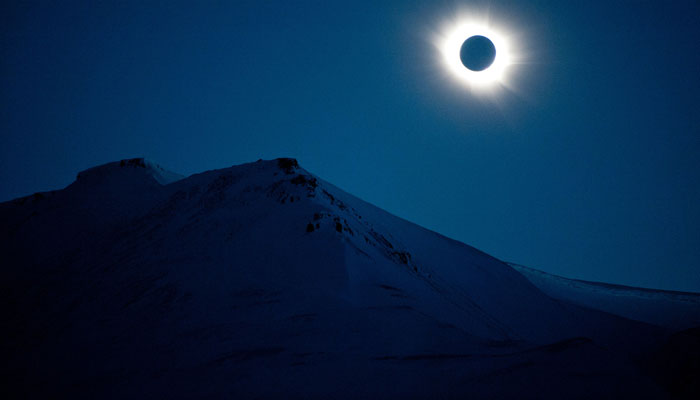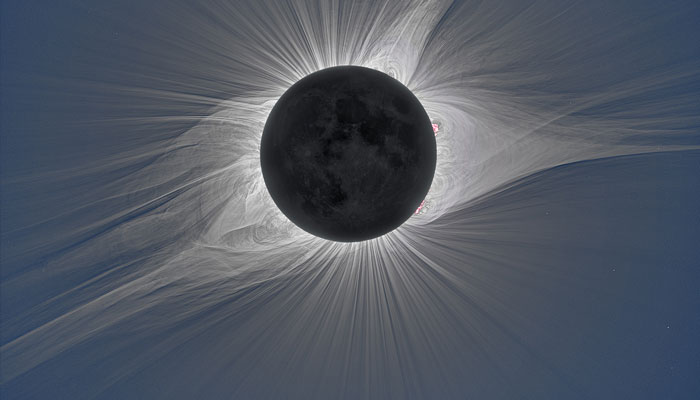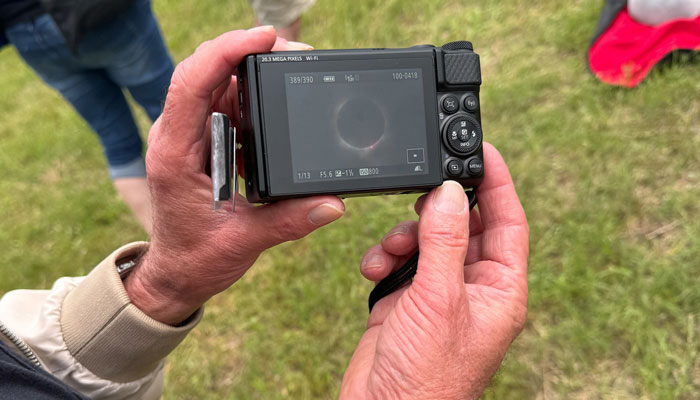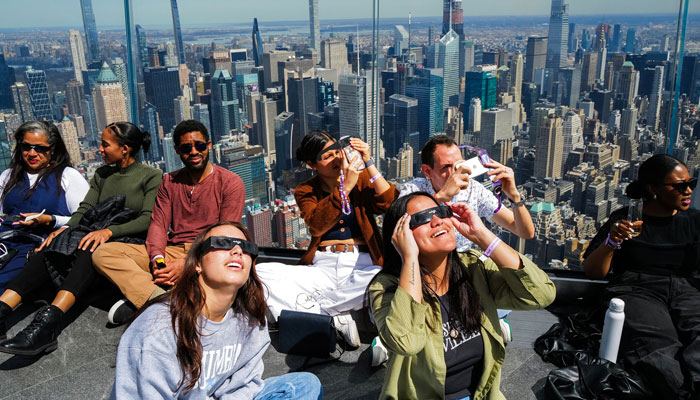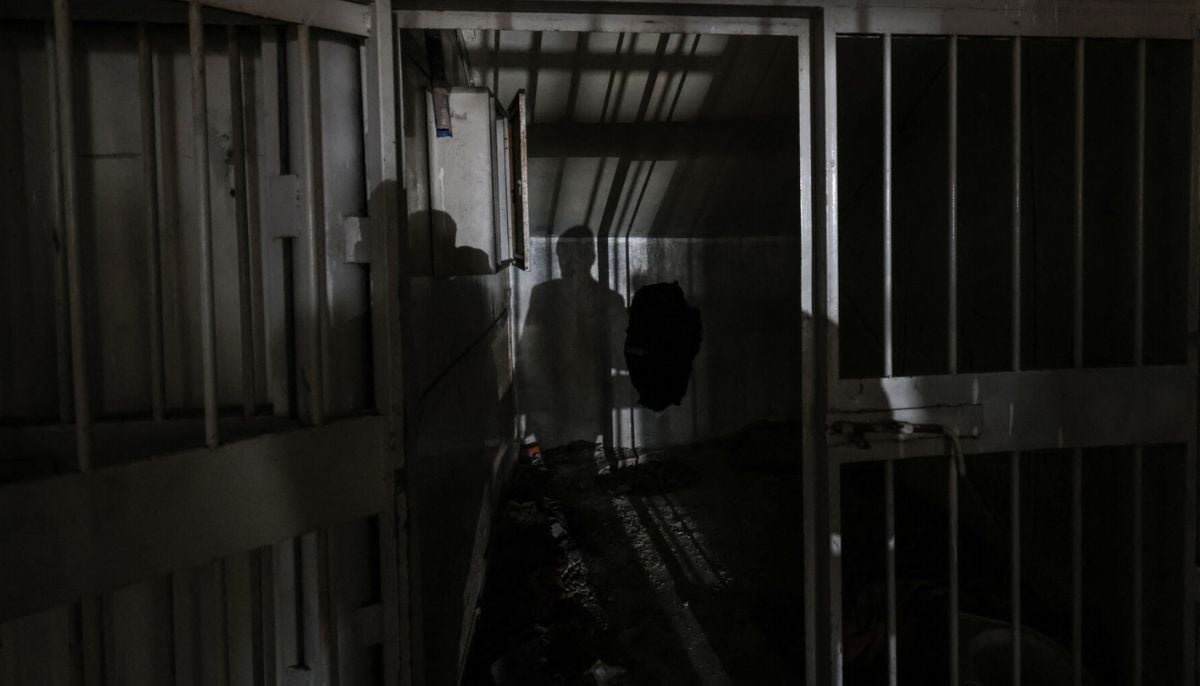Total Solar Eclipse 2024 in pictures
Eclipse began on Mexico's Pacific coast around 11:07 am PDT and progressed eastward, ending in Canada
On April 8th, a total solar eclipse swept across North America, casting a shadow from Mexico to Canada. This celestial event, where the moon perfectly aligns between the Earth and the Sun, turned day into night for a brief moment.
In the heart of the excitement was Carbondale, Illinois. The city experienced a sudden drop in temperature as the Sun's warmth was momentarily blocked out. The spectacle began on Mexico’s Pacific coast at around 11:07am PDT, gradually moving northwards.
The eclipse began on Mexico's Pacific coast around 11:07 am PDT and progressed eastward. Even in areas outside the path of totality, a partial eclipse was visible, with the Sun appearing partially covered by the Moon.
Interestingly, Cleveland, one of the few major US cities in the path of totality, had its Guardians' home opener baseball game coincide with the eclipse. The players watched an unusually dark sky, making for a memorable start.
For those lucky enough to witness totality, a rare sight awaited. With proper eye protection, viewers could observe the Sun's corona, its wispy outer atmosphere, and even prominences, giant loops of gas erupting from the Sun's surface. Around the moon's shadow, ruby-coloured dots were visible. These are known as prominences - large loops of gas extending from the sun's surface. They are seen when it is a total eclipse, offering a rare and stunning view.
It was a day when the moon stole the sun's spotlight, if only for a little while.
Watch some of amazing pictures here:
-
Philippines: Rubbish landfill collapse death toll rises to 13
-
Sanae Takaichi, Lee Jae Myung meet to push for closer security and economic ties at high-stakes summit
-
Canadian PM visits China after a decade of diplomatic strain: What deals are in focus?
-
Anthropic rolls out healthcare features for Claude AI amid OpenAI push
-
Uber faces landmark trial in US over sexual assault claim
-
Meta hires ex-Trump aide Dina Powell McCormick to help guide AI strategy
-
AI breakthrough tool to shrink years of drug discovery into days
-
Former prisoner buys jail where he once served time for shock reason
